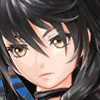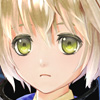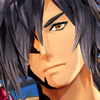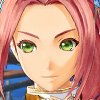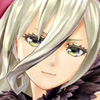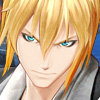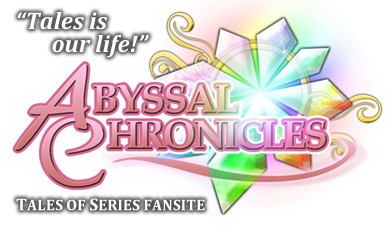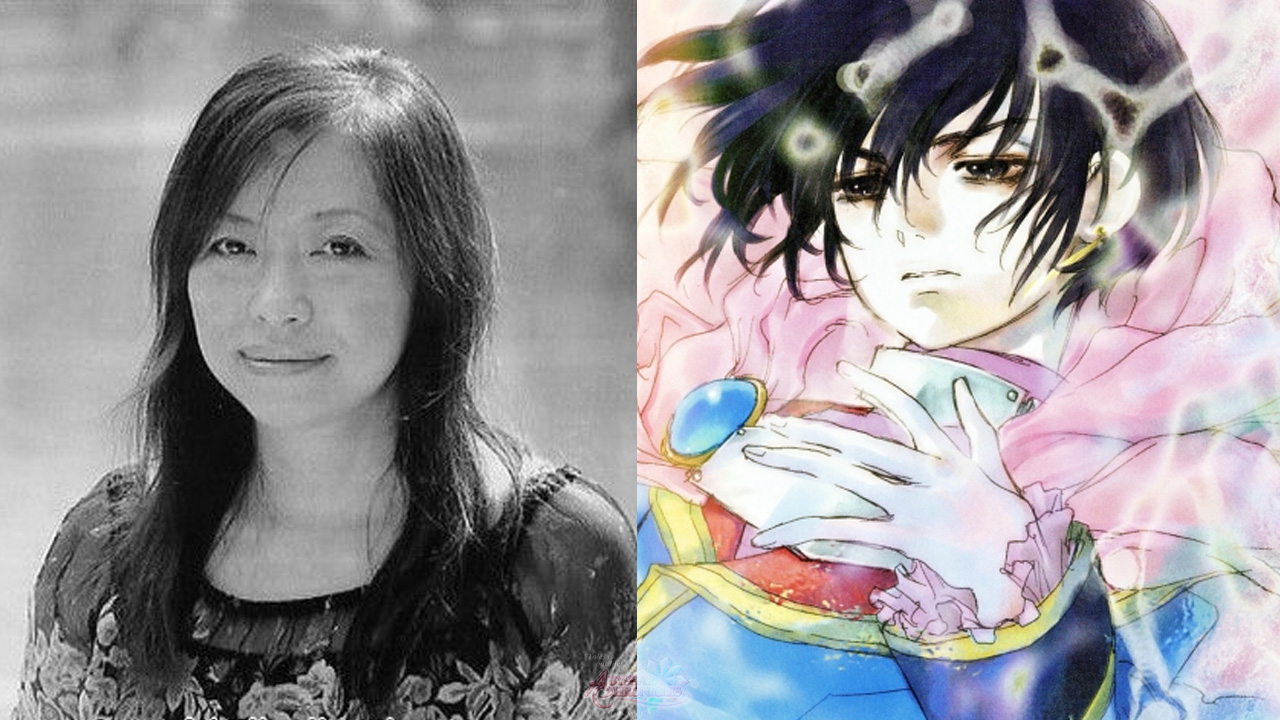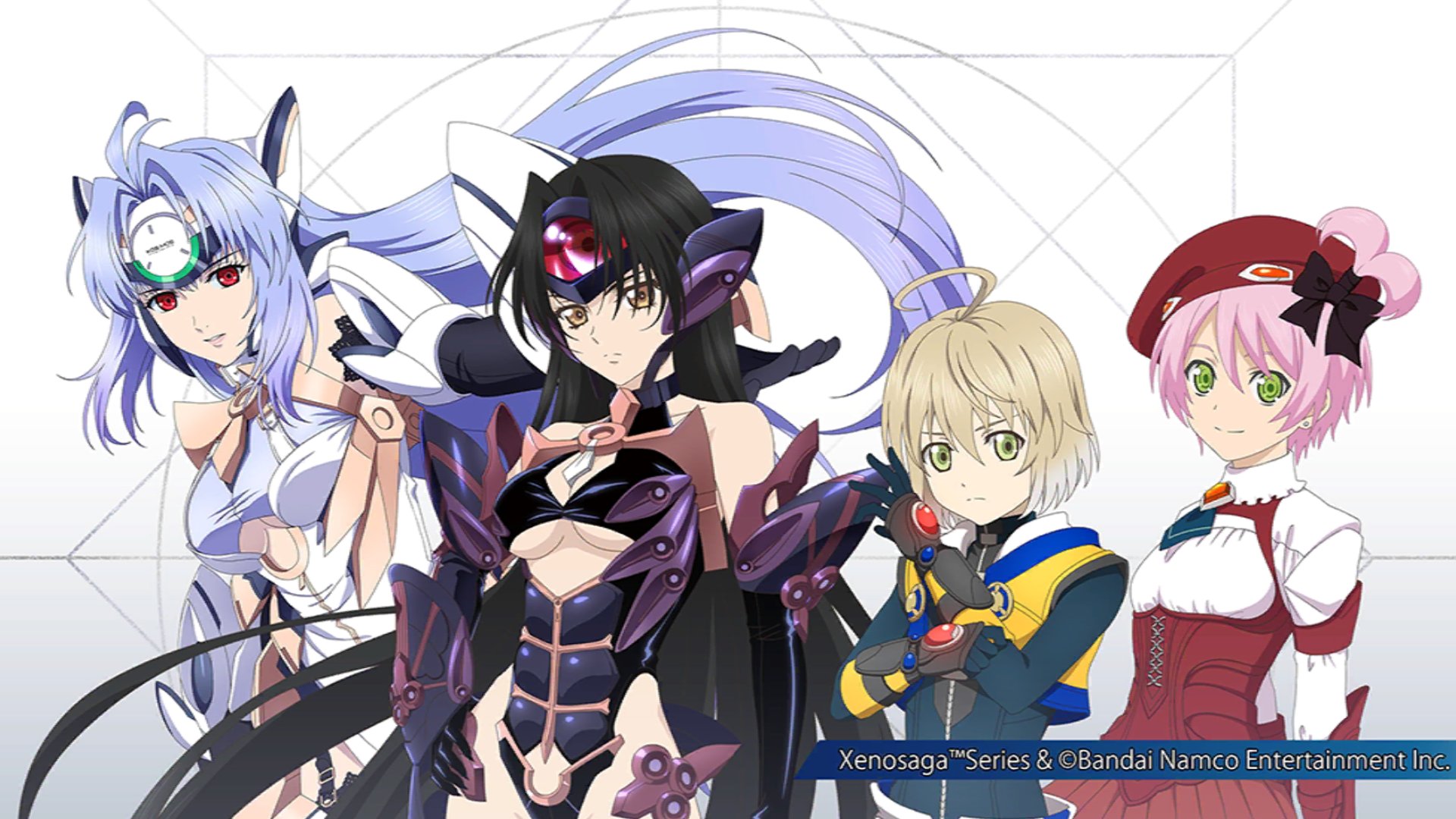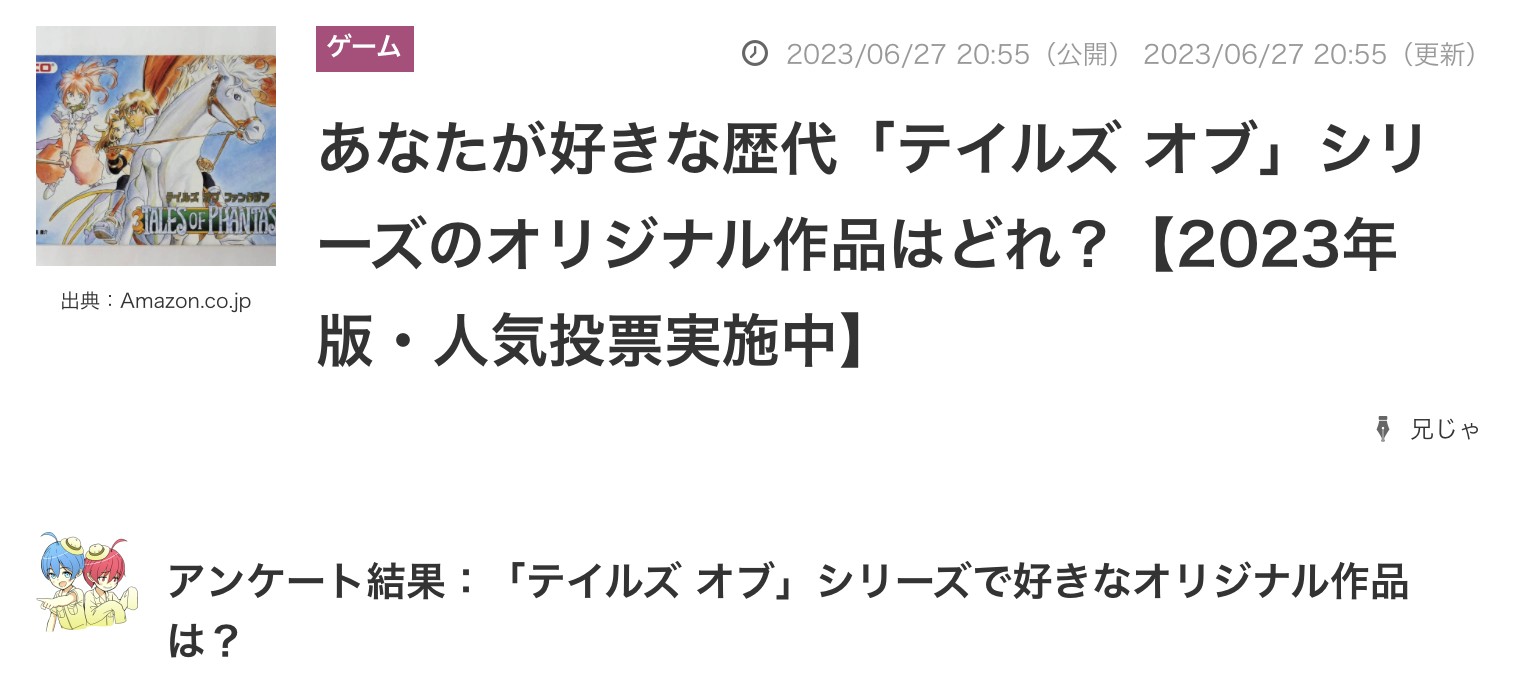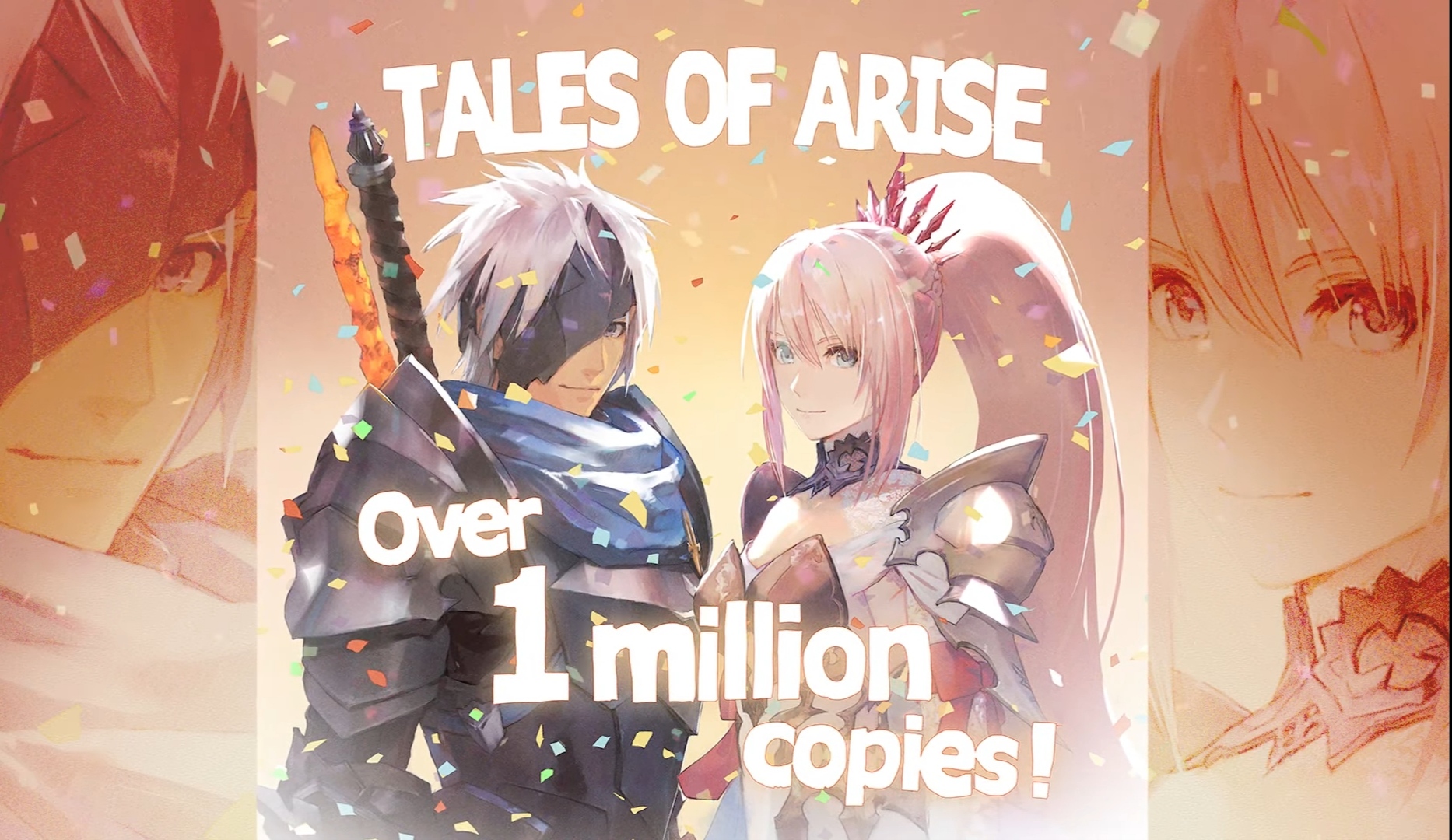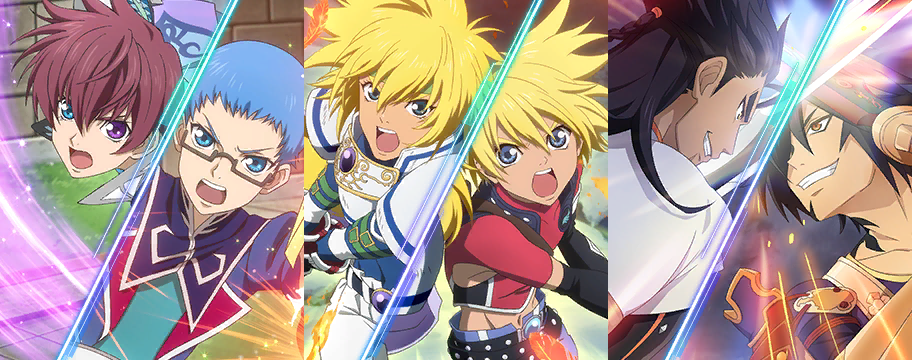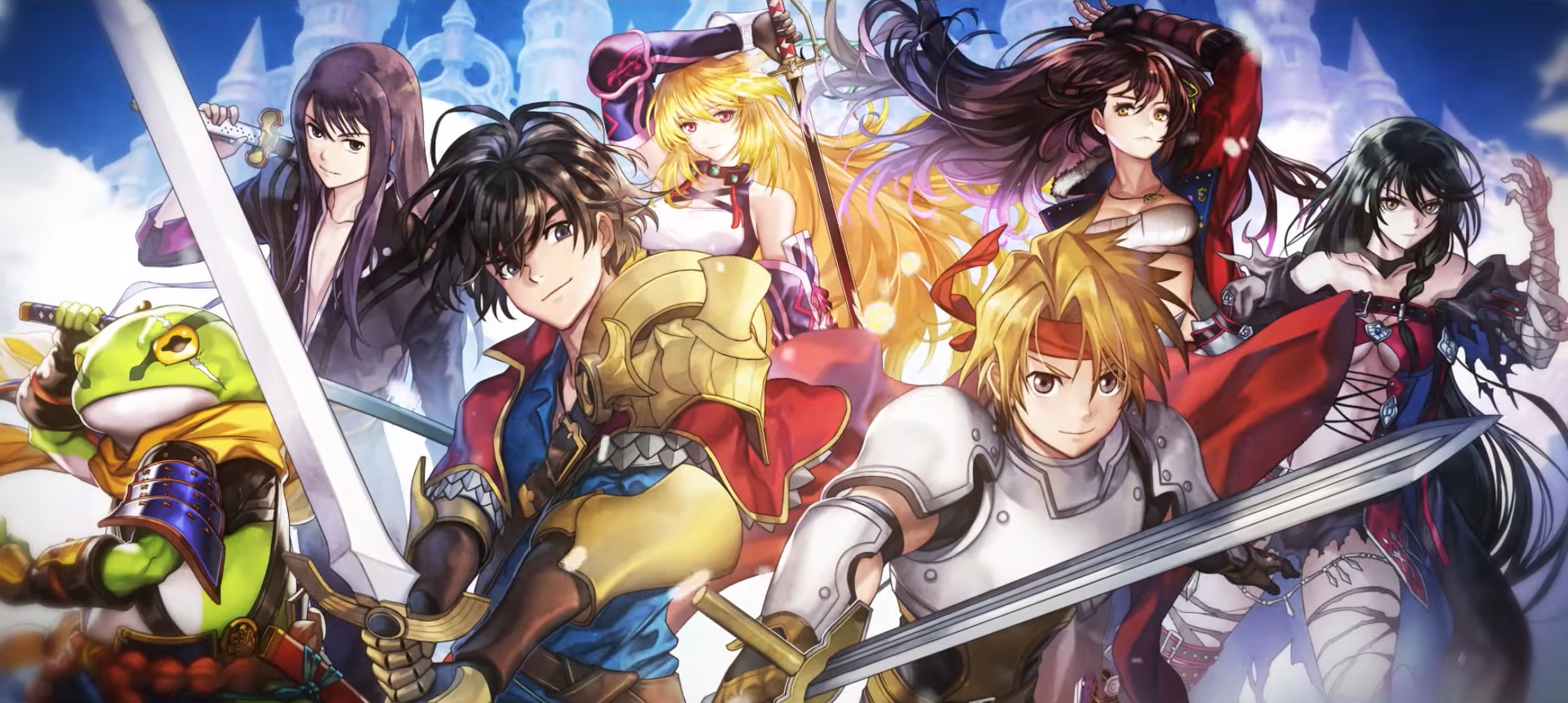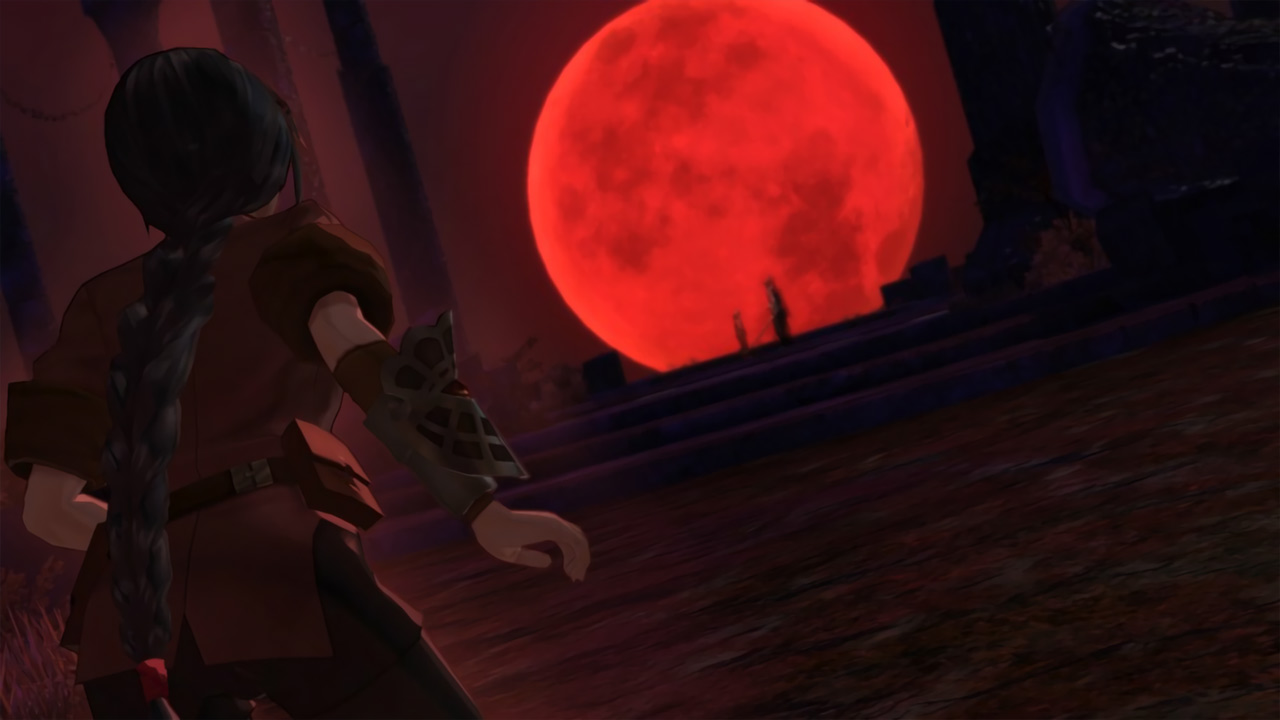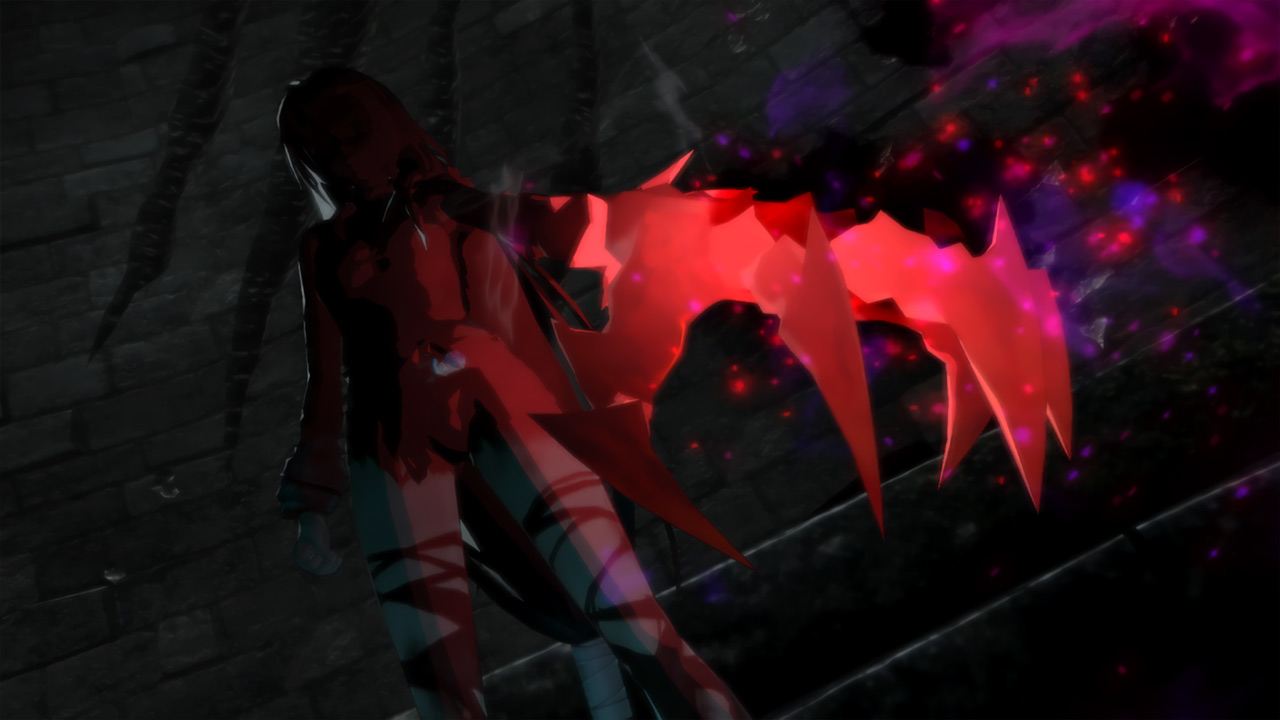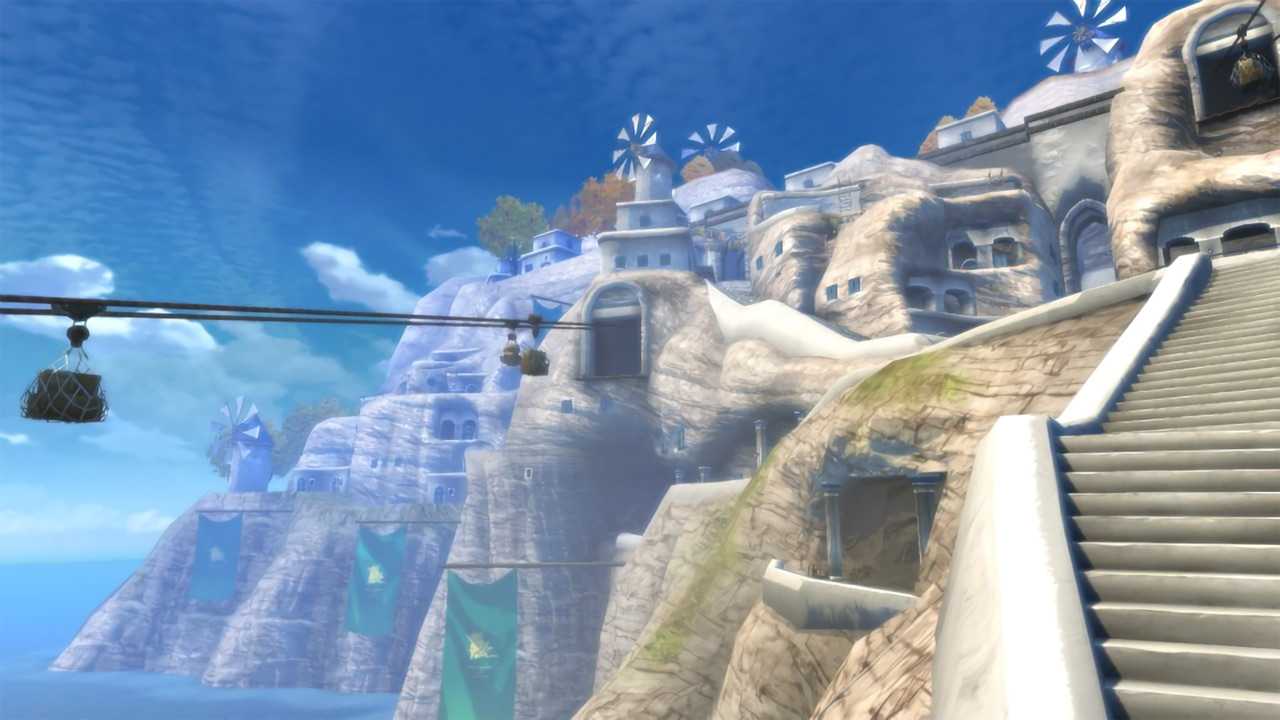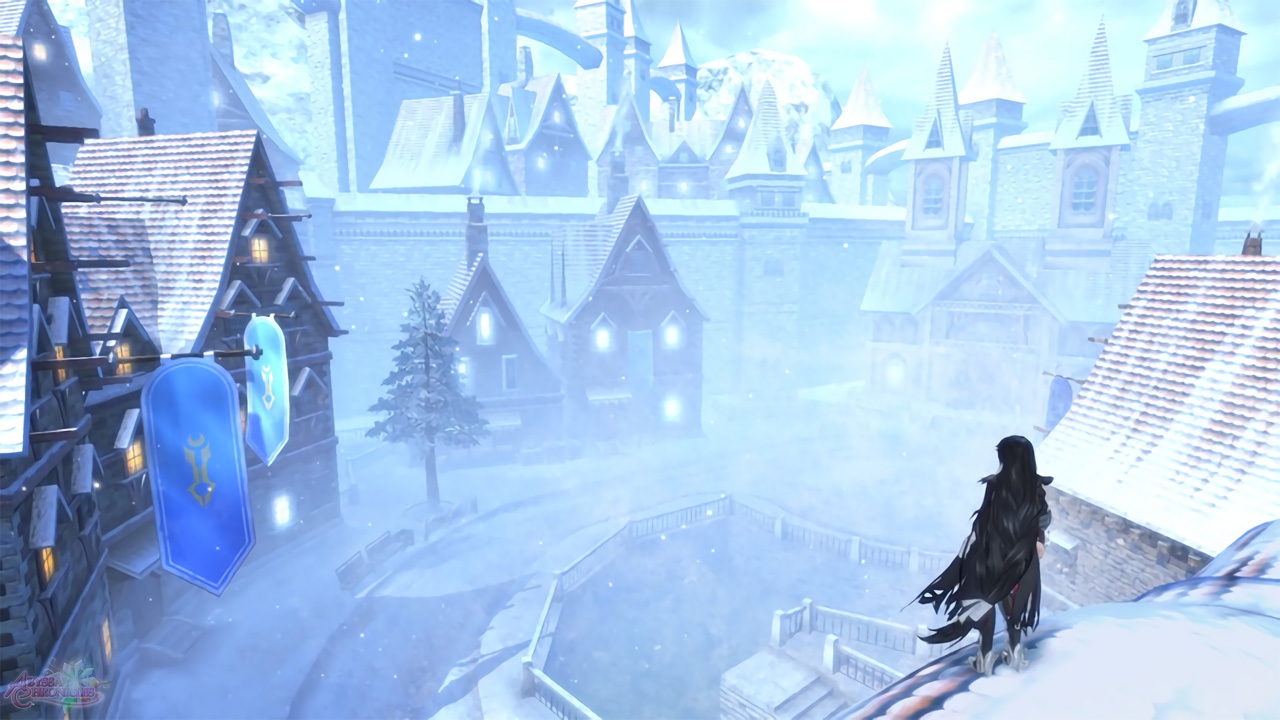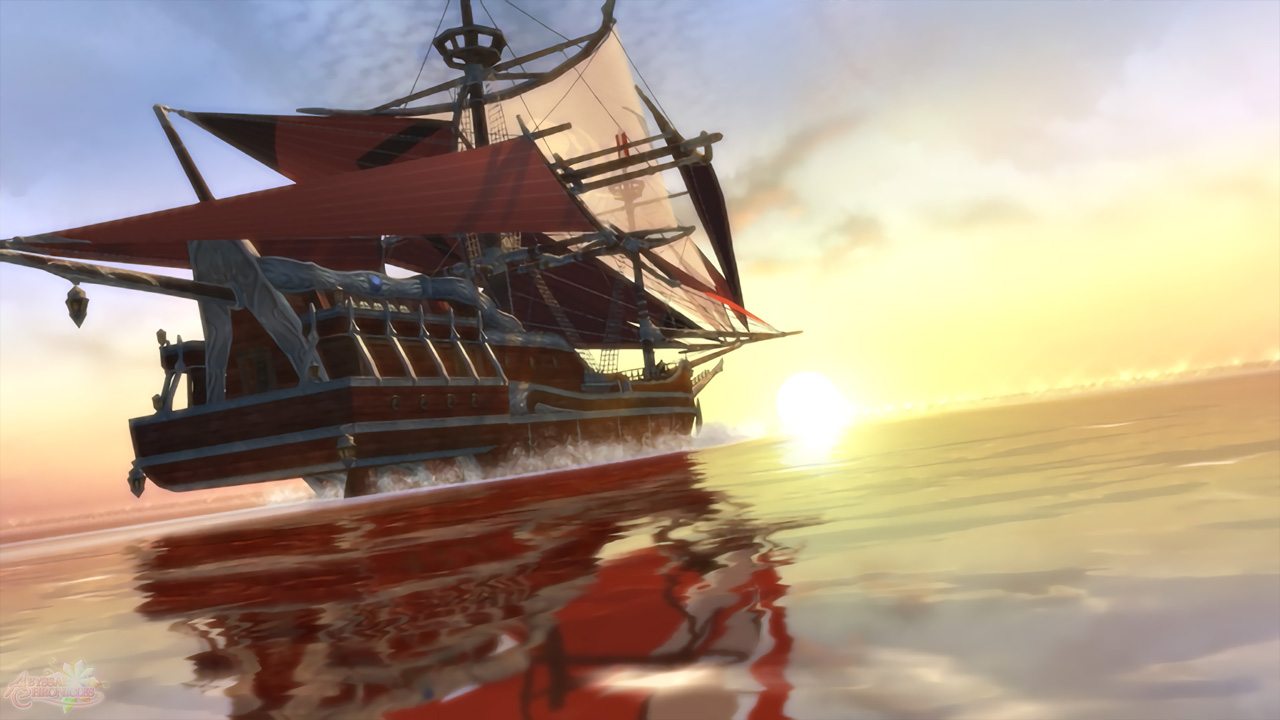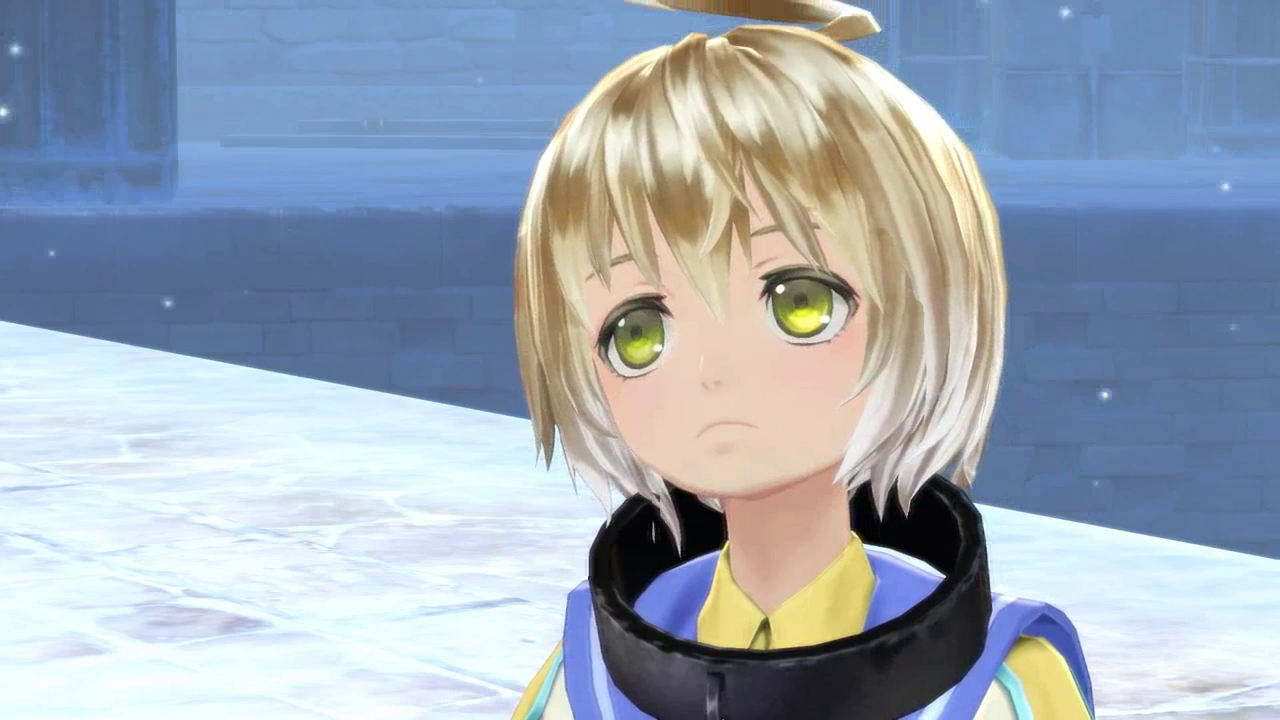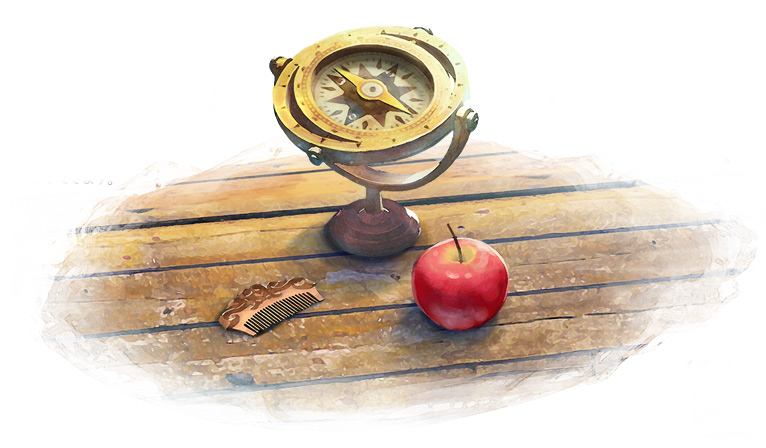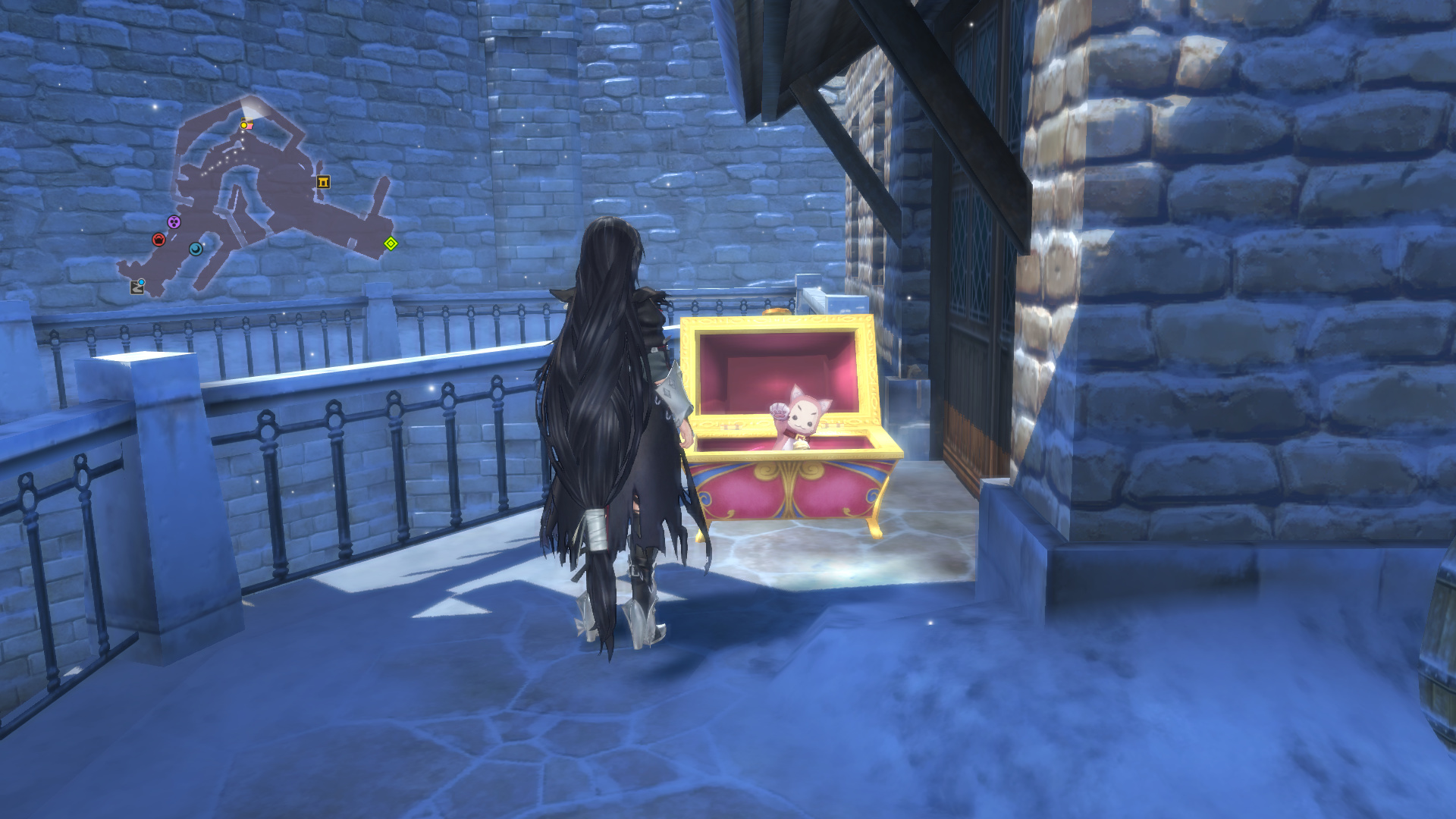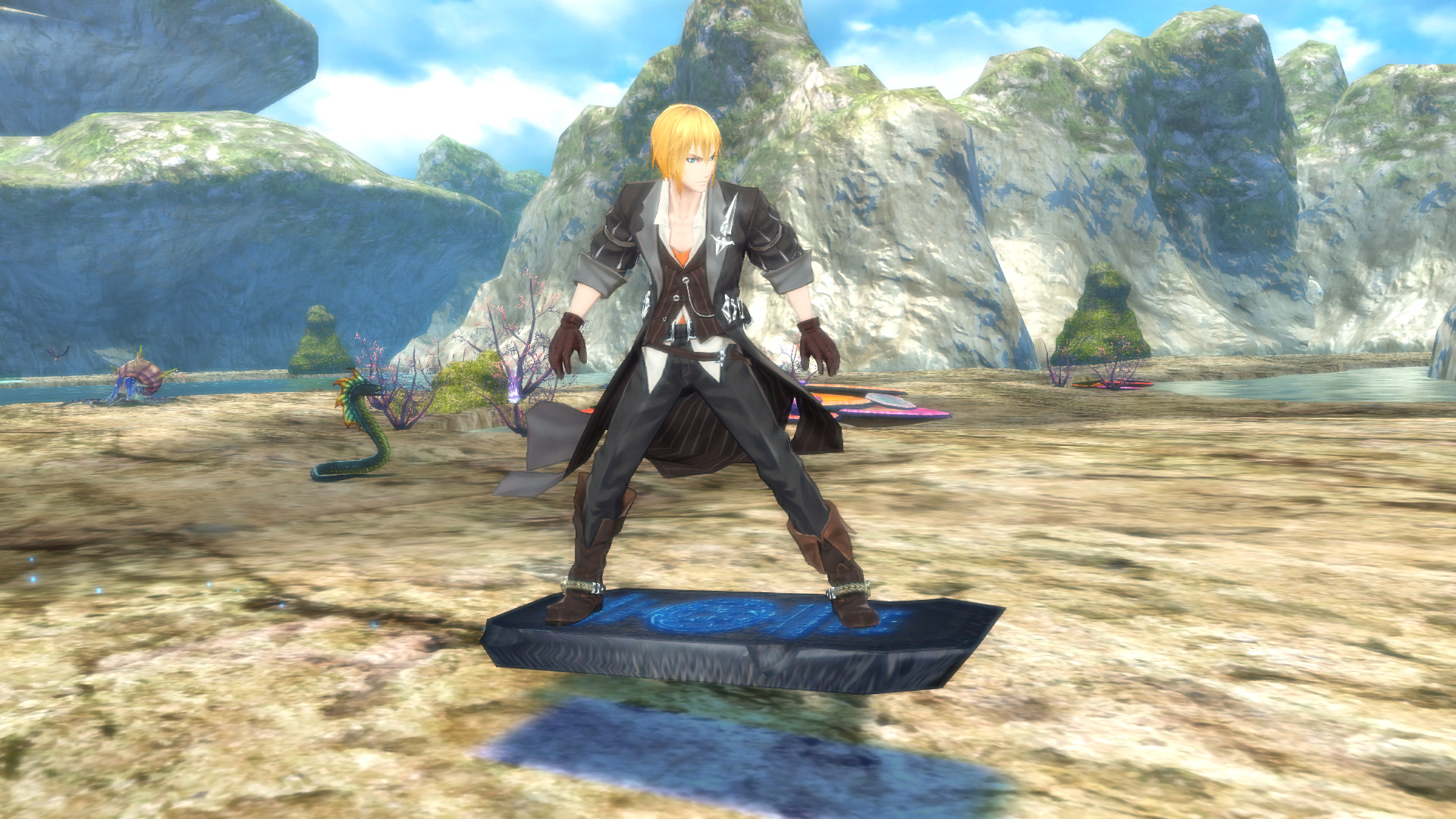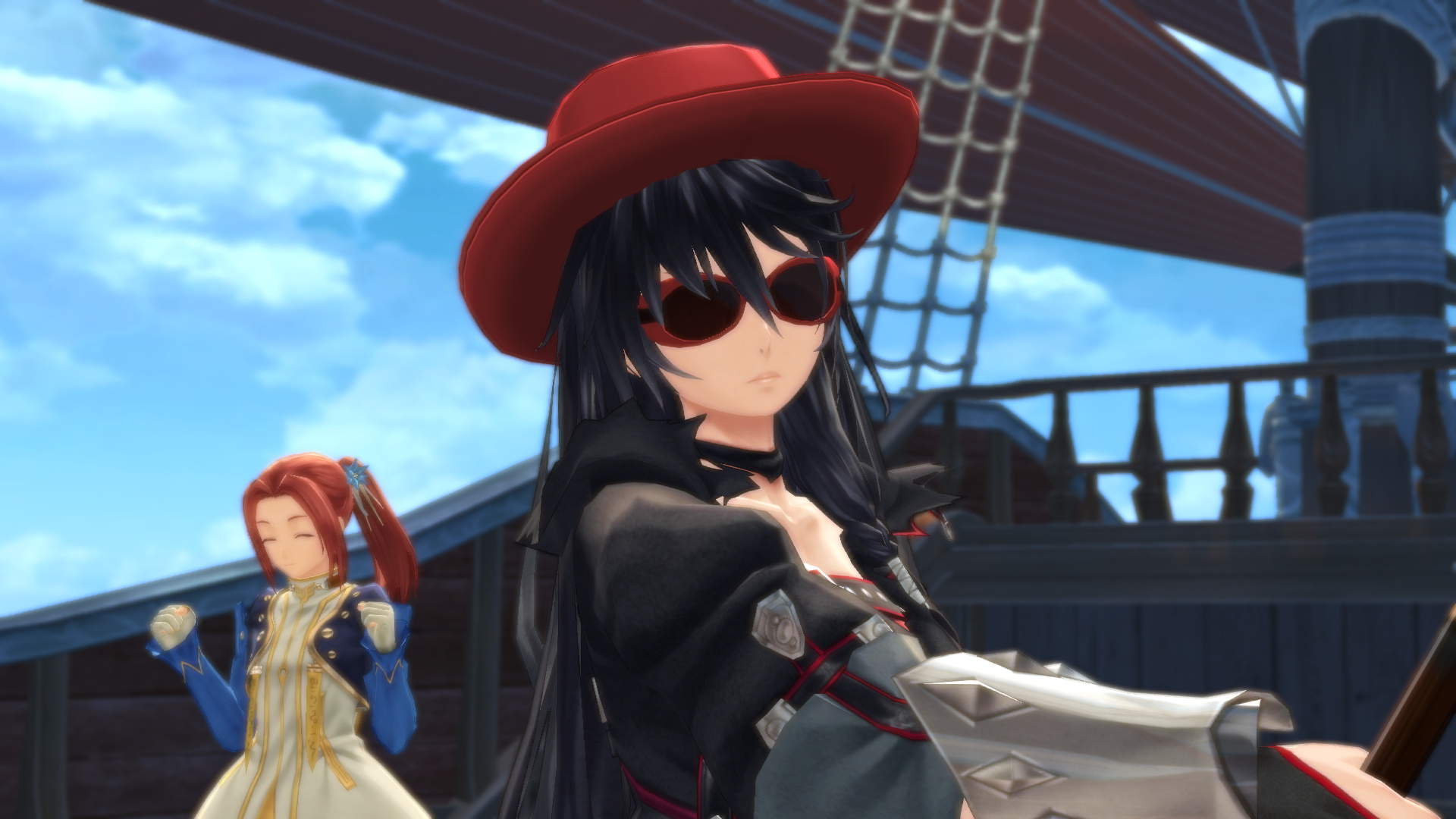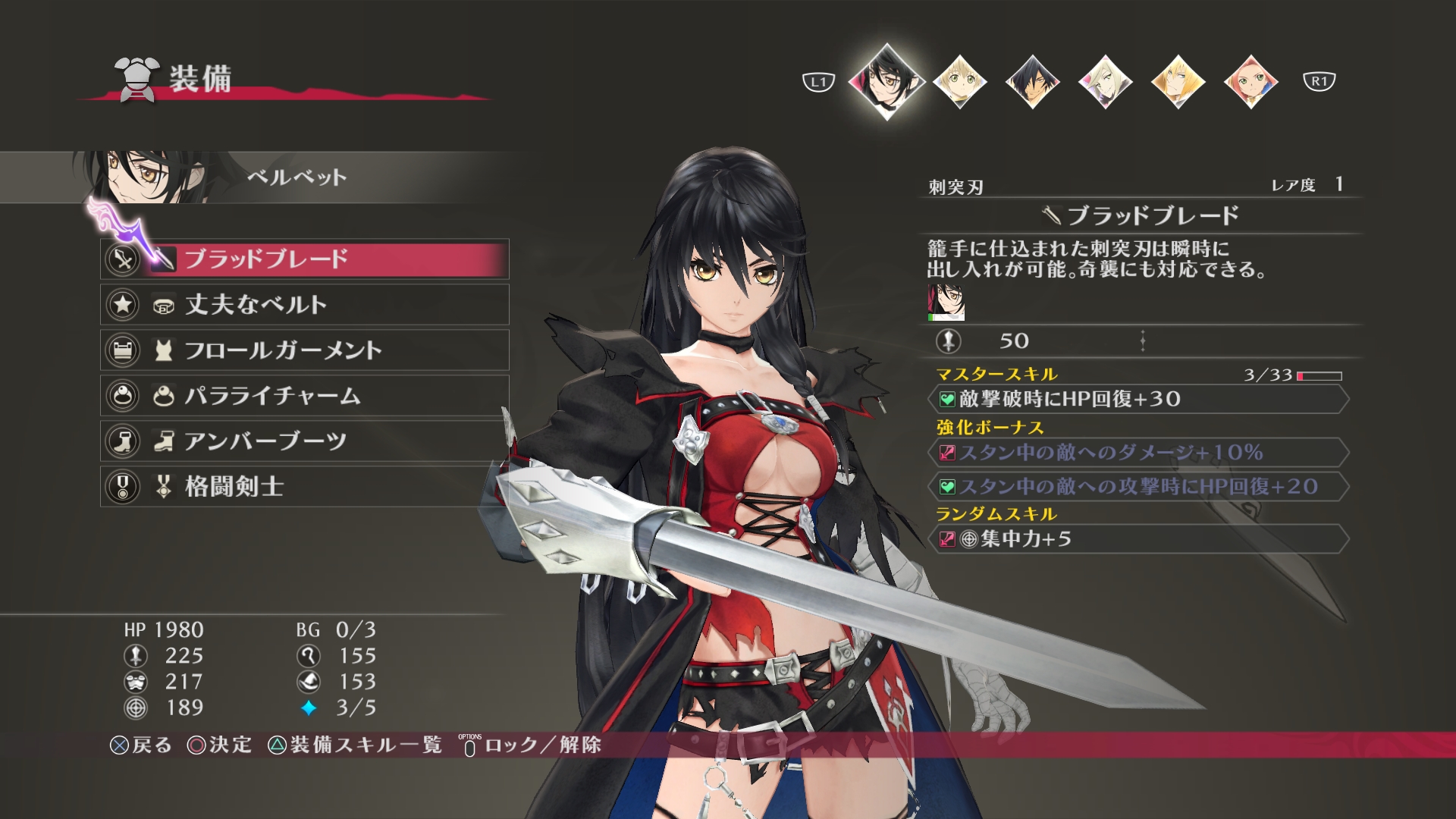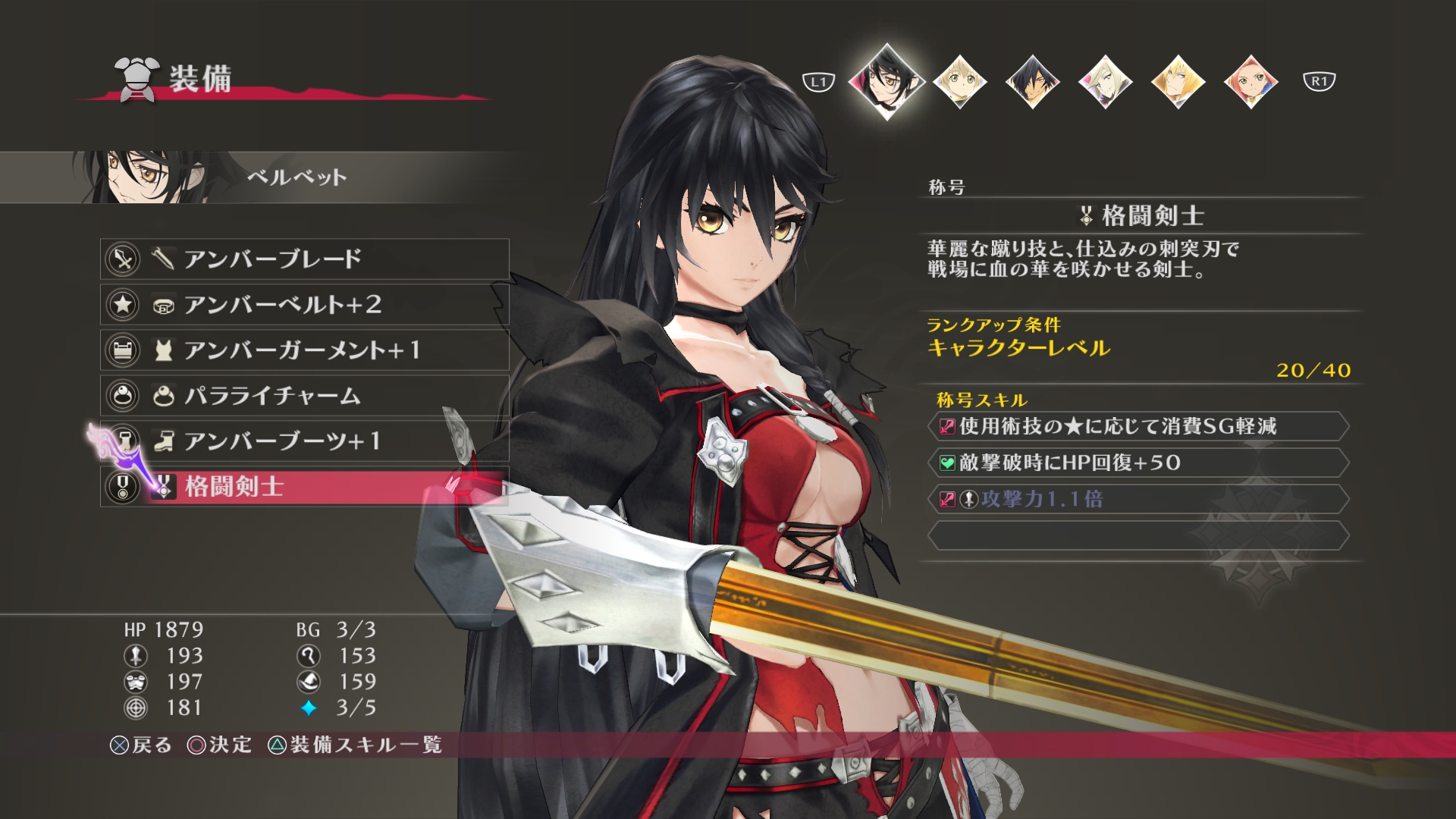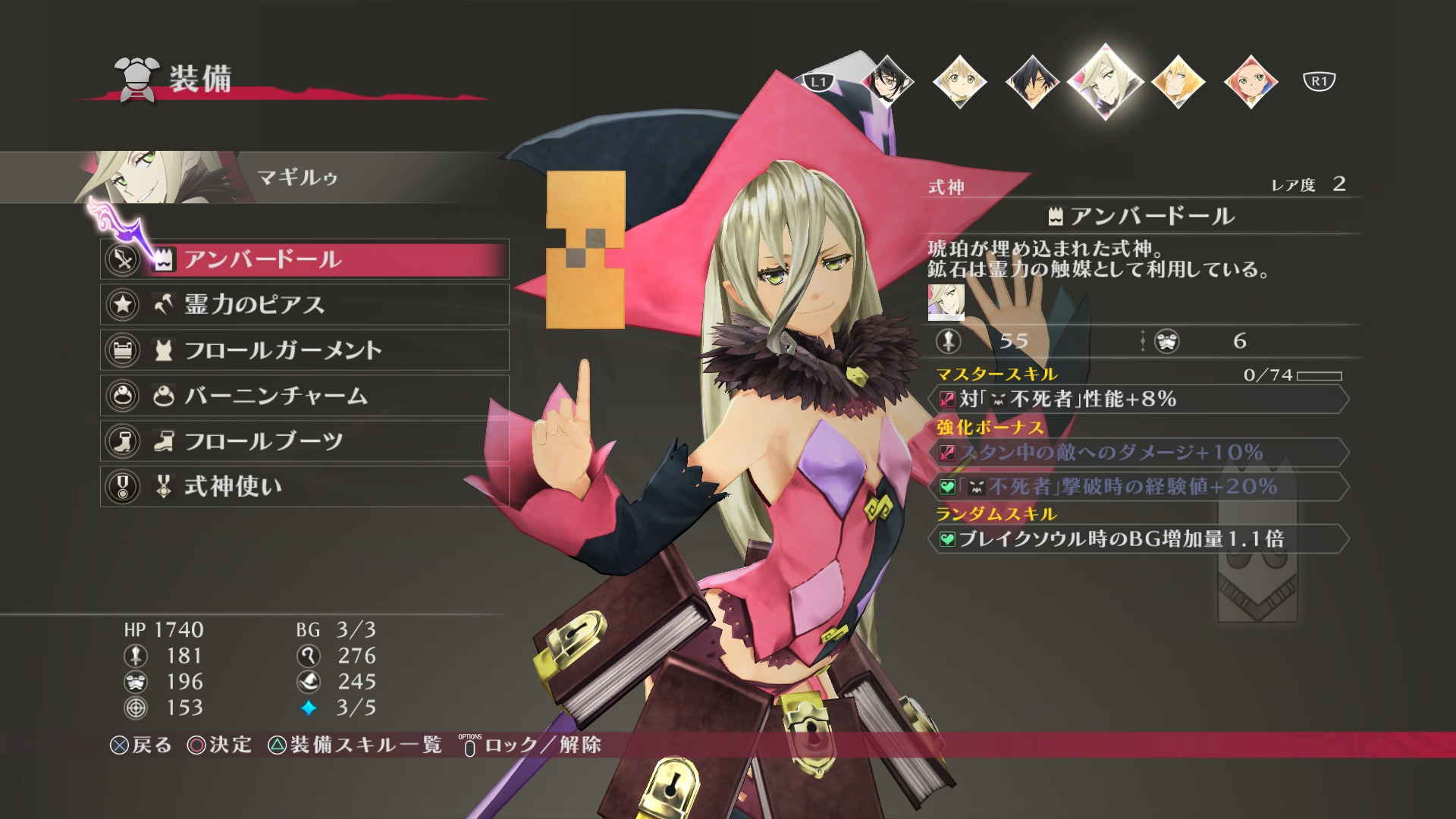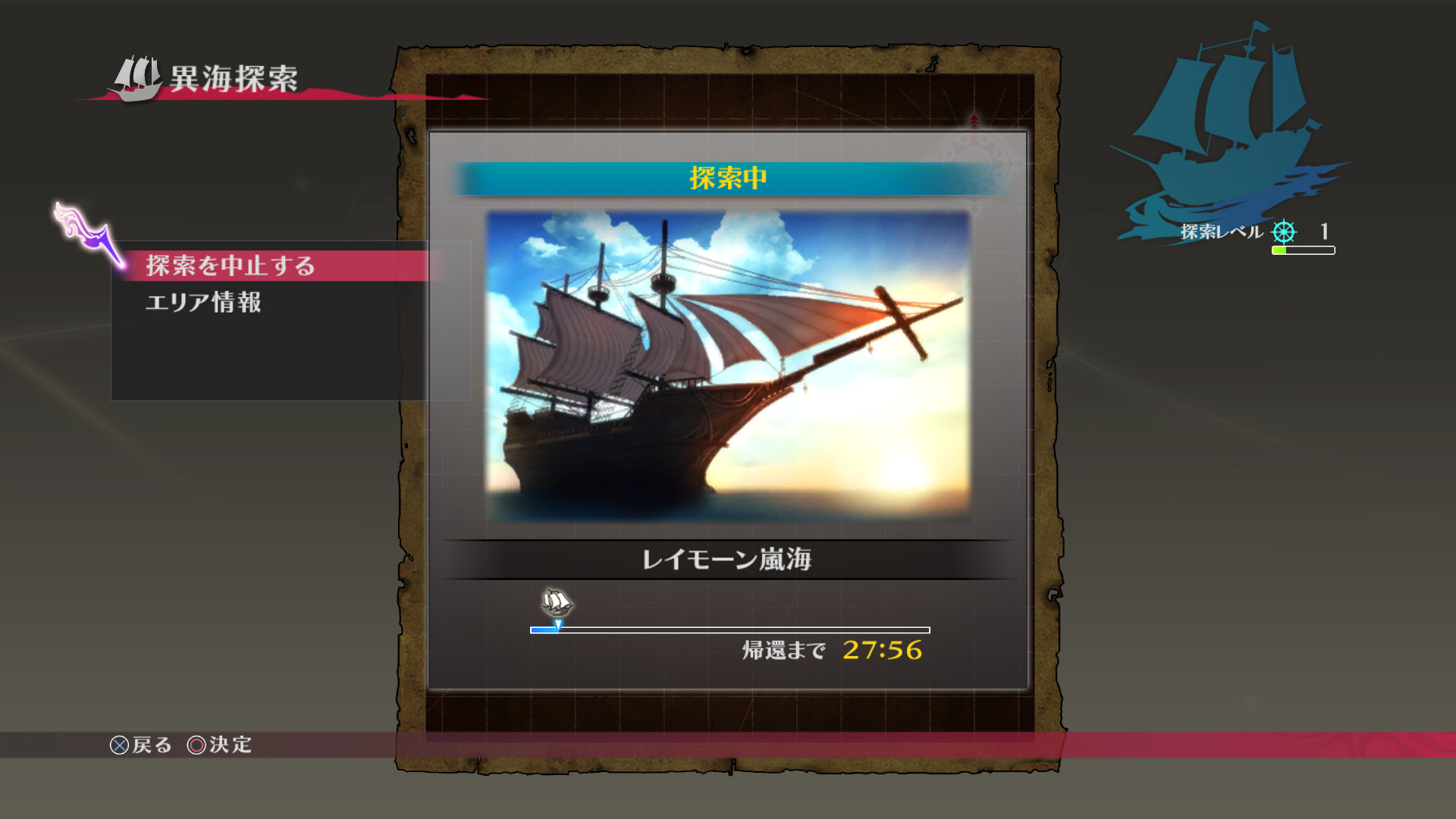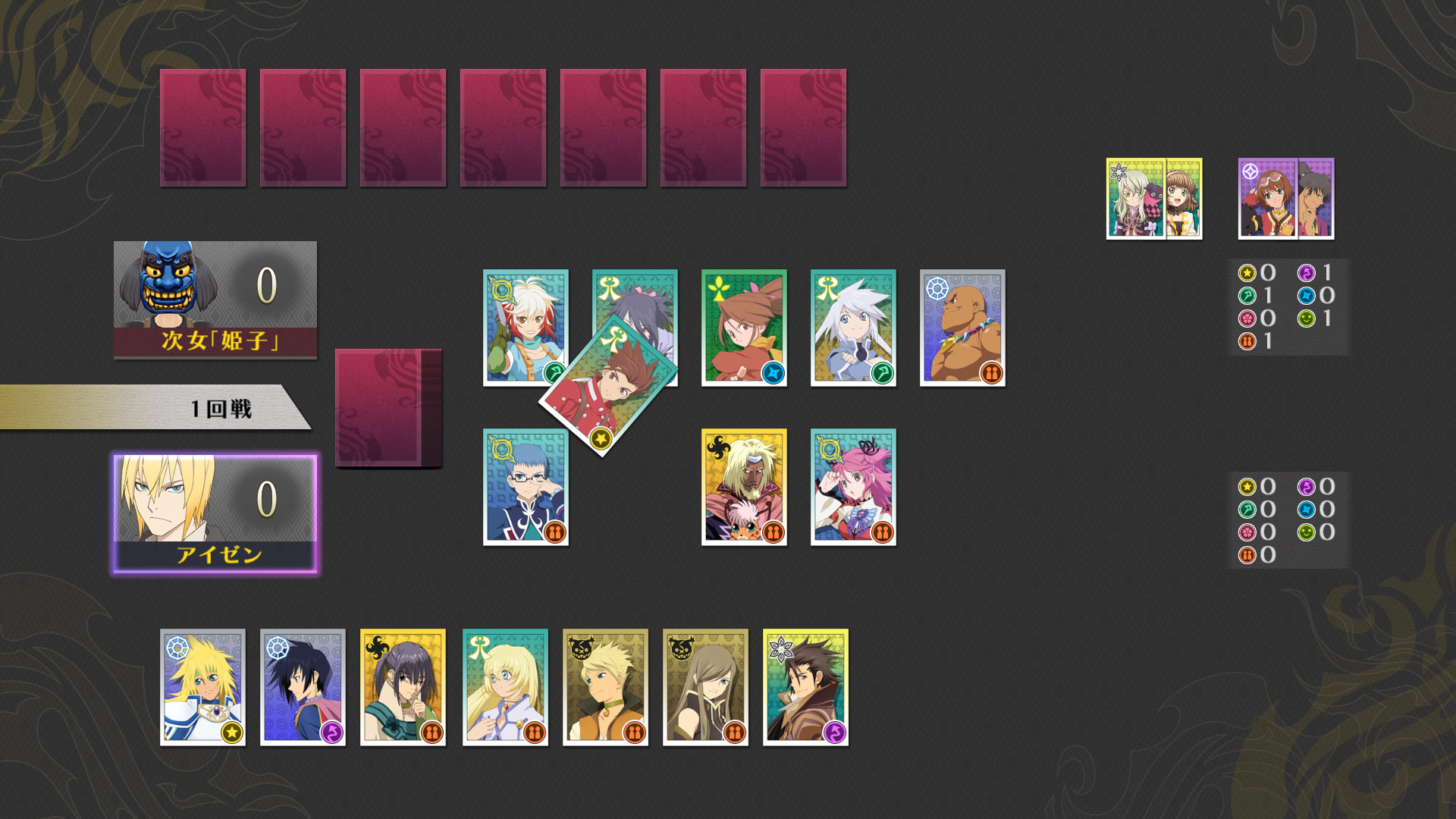Battle System
Liberation Linear Motion Battle System

Tales of Berseria’s base battle system is similar to Zestiria and other previous games that make use of the Free Run model, but unlike these previous systems that made use of only the Circle and X buttons for performing attacks, the Liberation-LMBS makes use of all the Circle, X, Triangle and Square buttons to perform attacks and artes. The left stick will be used for for movement alone.
Control Changes
Since Liberation-LMBS makes use of the Circle, X, Triangle and Square buttons for attacking, there are a few changes in battle controls from the previous Tales games. It basically just makes use of the L1 button to replace what the Square button usually had to do:
- Guard – L1 button
- Quickstepping – L1 button + left stick
Field to Battle Transitions are Back
Berseria takes a step back from Zestiria’s Real Map Battles feature which allowed seamless transition in between fields and battles. Transitions are now back, thereby producing a battle field for every battle entered. This solves the issue of the wonky battle camera that Zestiria had.
Change Controlled Character
You can switch the character you’re controlling between the other active party members by pressing the L1 button + the left/right directional button. This can also be done through the battle menu (to open with the touch pad) by pushing the L2/R2 button. Note that this is not the same as a Switch Blast, which is changing to the back-up character using the up and down directional buttons.
Quickstepping
Quickstepping can be done left or right, forward or backward with the L1 + Left Stick. Bonuses can be earned when using Quickstep to evade enemy attacks.
Soul Gauge (SG)
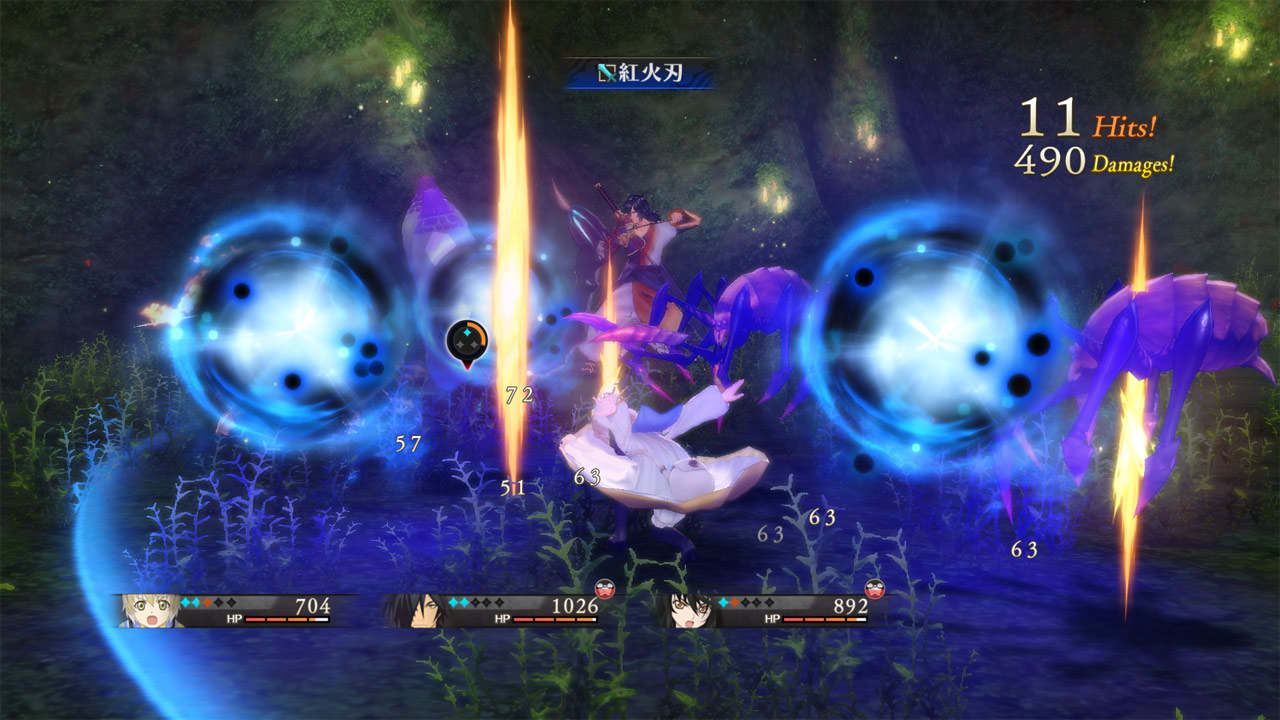
Via the concept of “stealing souls,” the SG affects the number of attack combos. It differs a bit from the TP or CC systems from previous games. An arte consumes specific SG points, and the gauge is consumed depending on the arte the character performs. Even with the SG at zero, a player can atill perform artes, but there will be disadvantages. For example, the attack may easily be countered. SG automatically regenerates after a certain period of time. The SG is the gauge on the left hand side of the character indicator, the one that looks like diamonds side by side.
Soul
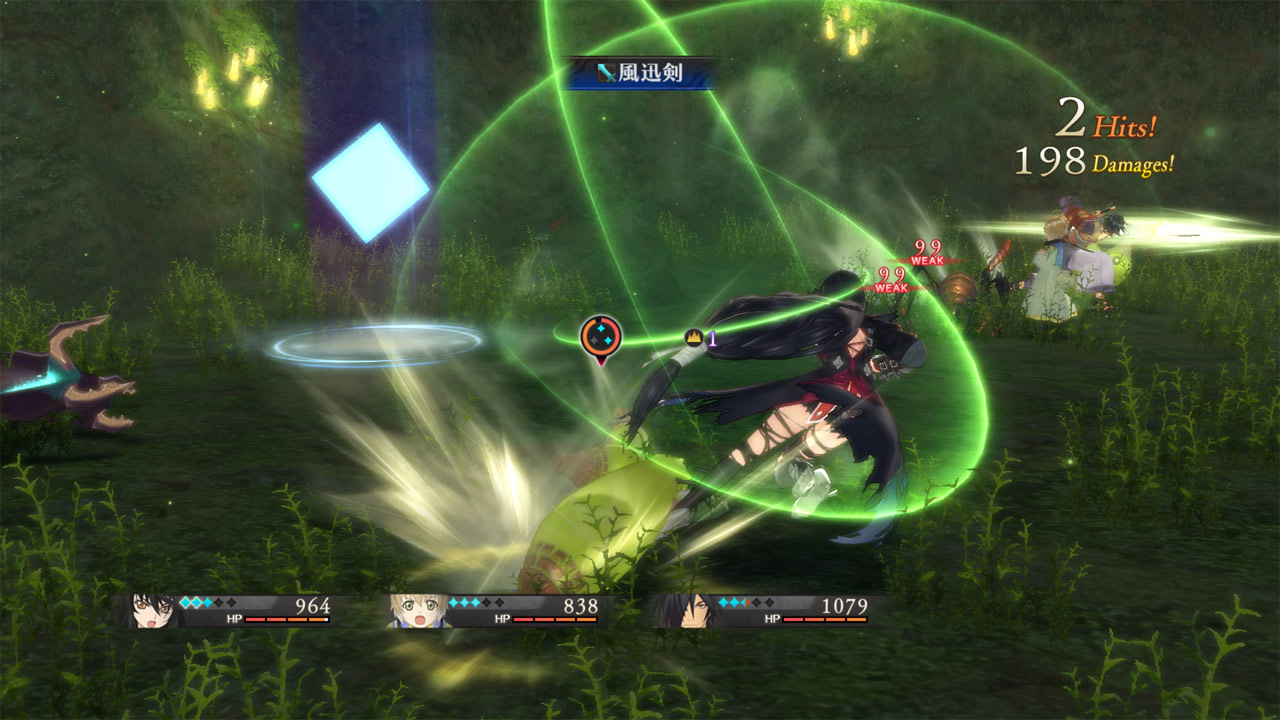
Soul represents a character’s mental power or mana. A battle starts off with 3 Souls, and it can be increased when certain requirements are fulfilled. Souls can be stolen from enemies, but at the same time, enemies can steal Souls from players. Souls may also pop up when a character is knocked out or when you manage to evade an enemy attack via quick step. Soul can increase by knocking out an enemy, stunning enemies or causing status ailments and using a specific item or picking up Souls on the battlefield. Souls can decrease when you are stunned by an enemy or when you get status ailments from them.
Break Soul
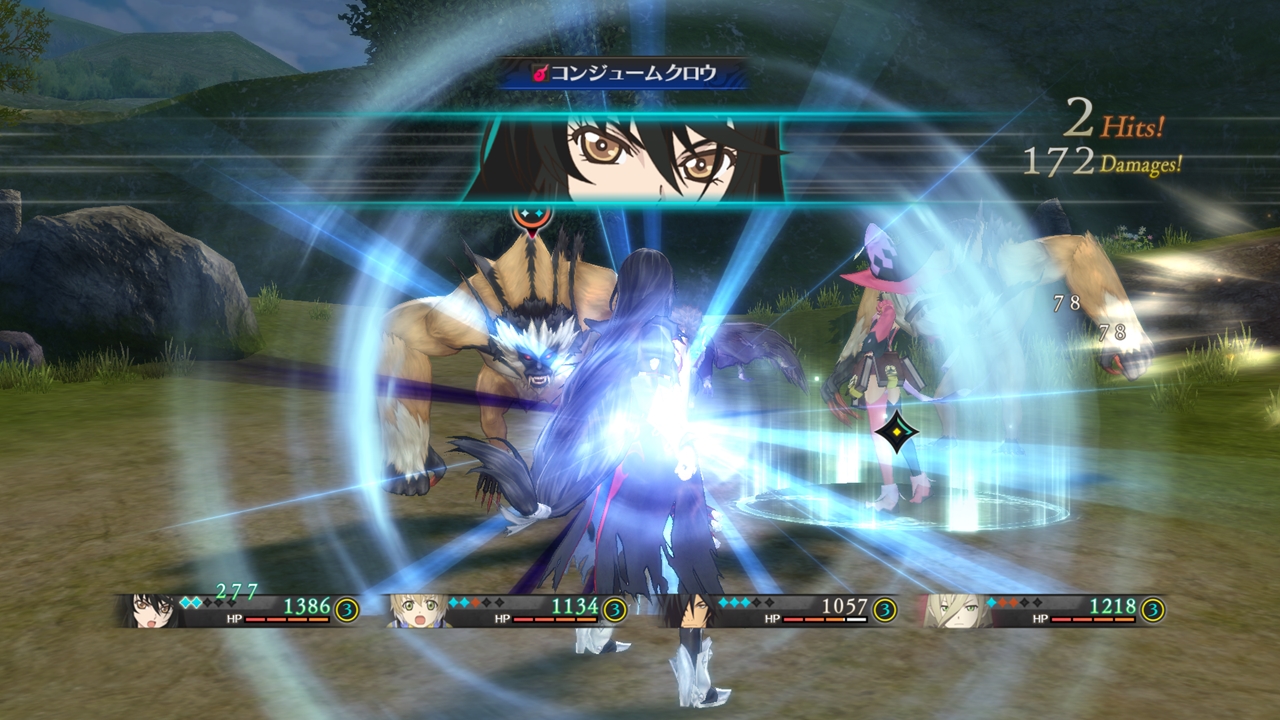
Break Soul are special techniques that can be activated by using up 1 Soul in the Soul Gauge. The Break Soul system is specific to each character and allows the player to exceed the performable number of Artes in a combo. When done correctly, a special effect may occur. The characters’ Break Souls are:
- Consuming Claw (Velvet) – Velvet unleashes the power of her left arm and allows her to devour enemies in a Therionized state. Depending on the type of enemy faced, it will allow Velvet to perform special artes. For instance, when the enemy is a Beast type, the arte Scarlet Edge can be performed, which deals greater damage the bigger the enemy’s attack power. For Amorphous enemies, the special arte is Thunder Blitz which deals greater damage the higher the enemy’s defense. Some may even allow Velvet to instantly kill an enemy. HP goes down while in this state, but as HP goes lower, her artes increase in power.
- Divide Pain (Laphicet) – Laphicet’s Break Soul spans the entire field and increases the party’s survival rate. For about 5 seconds, it’ll halve the damage received by the party from the enemy. It’ll also recover everyone’s HP once it’s used up.
- Retribution (Rokurou) – Allows Rokurou to use powerful counter techniques against enemies, allowing powerful combos. When Rokurou is struck by an enemy’s attack, he can invoke a strong counter arte that is very damaging and heals his HP when it succeeds. Also, if his counter succeeds, he can execute the counter arte “Vengeful Strike”.
- Spell Absorber (Magilou) – An anti-magic dedicated ability which allows the player to cancel the enemy’s action and absorb their mana. On activation, it can cancel’s an enemy’s arte and absorbs a fixed amount of mana from them. Once the mana reaches a point, she will counterattack at random with a powerful arte. She has multiple types of counter artes, but it depends on her mood on what she’ll perform, such as Lightning Blast or Violet Storm.
- Aerial Strike (Eleanor) – Launches enemies into the air and attack them to perform combos.
- Draconic Drive (Eizen) – An area attack ability. It can only be activated when the enemy is stunned or down. Despite the difficult requirement, the power of his Break Soul is overhwelming.
Break Soul can be executed during a combo, which allows the players to increase the length of the combo without using the Souls they own. This is because Break Soul consumes one Soul but allows the player to keep the combo by repeating the combo from the 1st-set Arte. For example, if you have 4 Souls and you execute it just after performing 4-hit combo, you consume 1 Soul and now have 3 Souls. You can continue the combo from the Arte set in the first column and can perform an additional three Artes at max. You can perform up to four Artes in one combo normally, but by using Break Soul, the player can perform up to eight Artes (including the Break Soul).
Blast Gauge (BG)
The blast gauge are used to perform more powerful attacks, similar in Tales of Zestiria. They are mainly used for Switch Blasts and for Mystic Artes.
Switch Blast
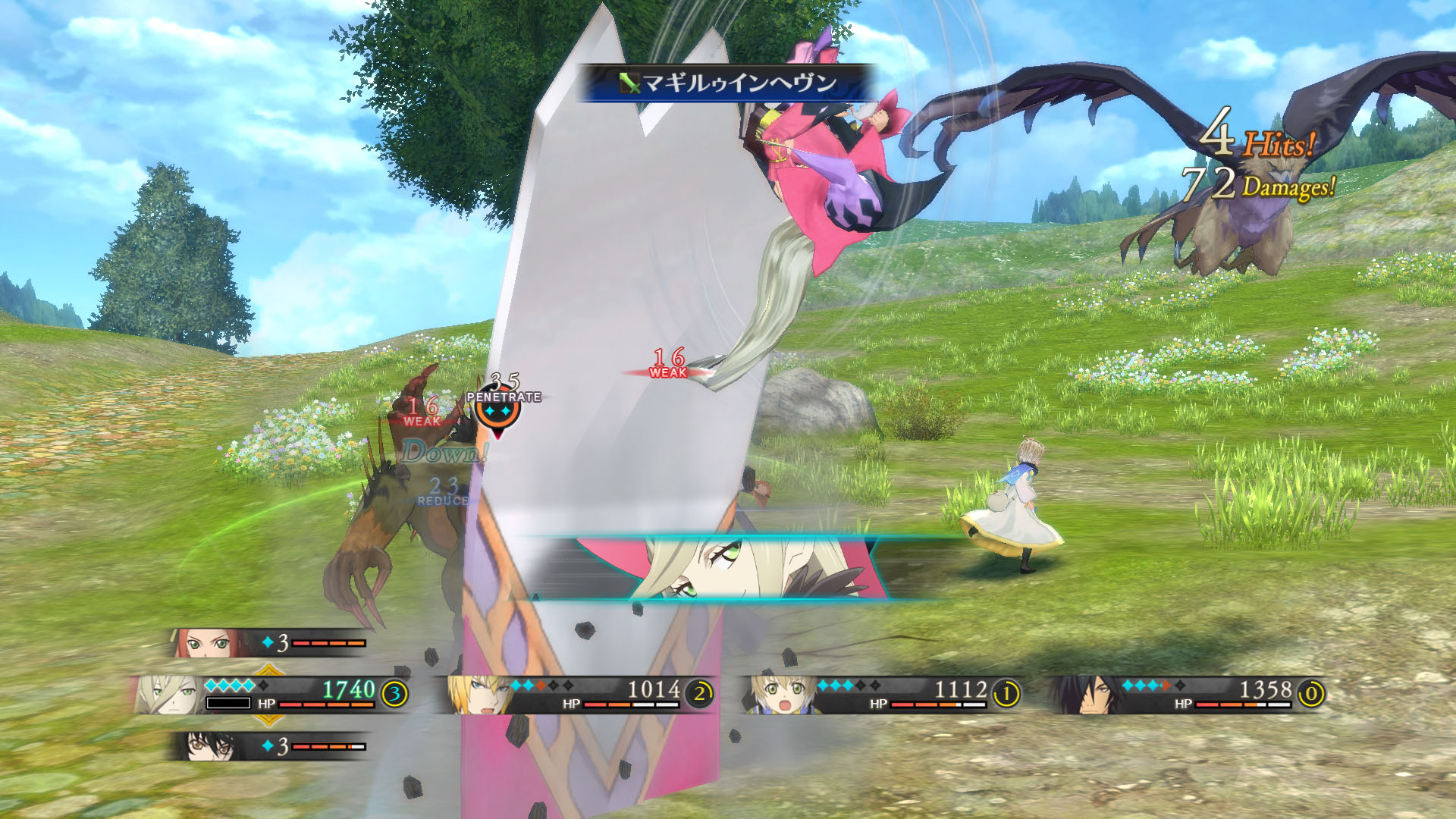
Players can switch characters in battle and choose a back-up characters that can be used to replace active ones. When the back-up character joins, he/she will have one soul more than usual. If players lose soul or affected by an ailment, they can Switch Blast, which will also make the back-up character do a unique attack when they join. Switching to your back-up characters is down with the up and down buttons of the D-pad. The characters’ Switch Blasts are:
- Velvet – Grievous Slash
- Laphicet – Seer’s Storm
- Rokurou – Eluding Strike
- Magilou – Magilou’s Paradise
- Eleanor – Break Roll
- Eizen – Road of Survival
As a concrete example: Velvet, having 3 Soul, decides to switch out and let Magilou, who at the time also has 3 Soul, into the battle. Once the two switch places, there will be a minus 1 of Velvet’s BG, but there will be a plus 1 increase in Magilou’s SG.
Artes

As mentioned above, artes and attacks are now done with all the four action buttons. They are laid out in the form of tiers: i.e. their are tier 1 attacks you can do initially assigned to the four buttons. Your 2nd attack will be from tier 2, and regardless of what button you used to perform the tier 1 attack, you can perform any attack from tier 2 regardless of which button it’s assigned to. You’re technically free to mix and match them all by tier. This, in essence, provides the freedom or “liberation” in this battle system.
As a concrete example, for instance you used your Triangle arte as your tier 1 arte. For your tier 2 arte, you can use any one of the Triangle, Square, X or Circle arte assigned to tier 2. The same applies from tier 2 to tier 3 and then tier 4.
Mystic Artes
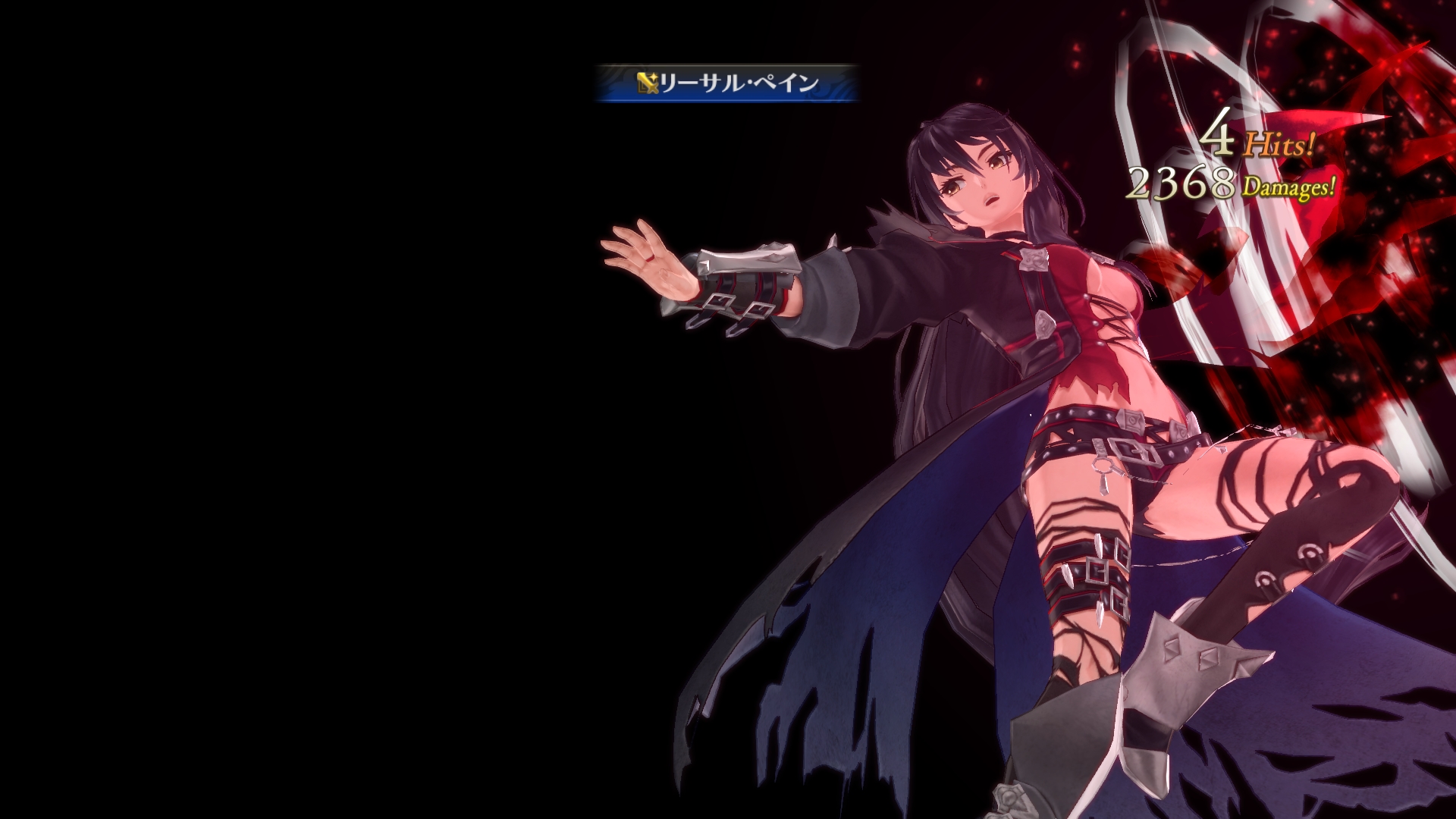
Mystic Artes are powerful artes that require BG. They are performed by pressing long-pressing the L2 button when BG is at 3 or greater. Higher ranking Mystic Artes, however, may have different ways of activation.
Potentite
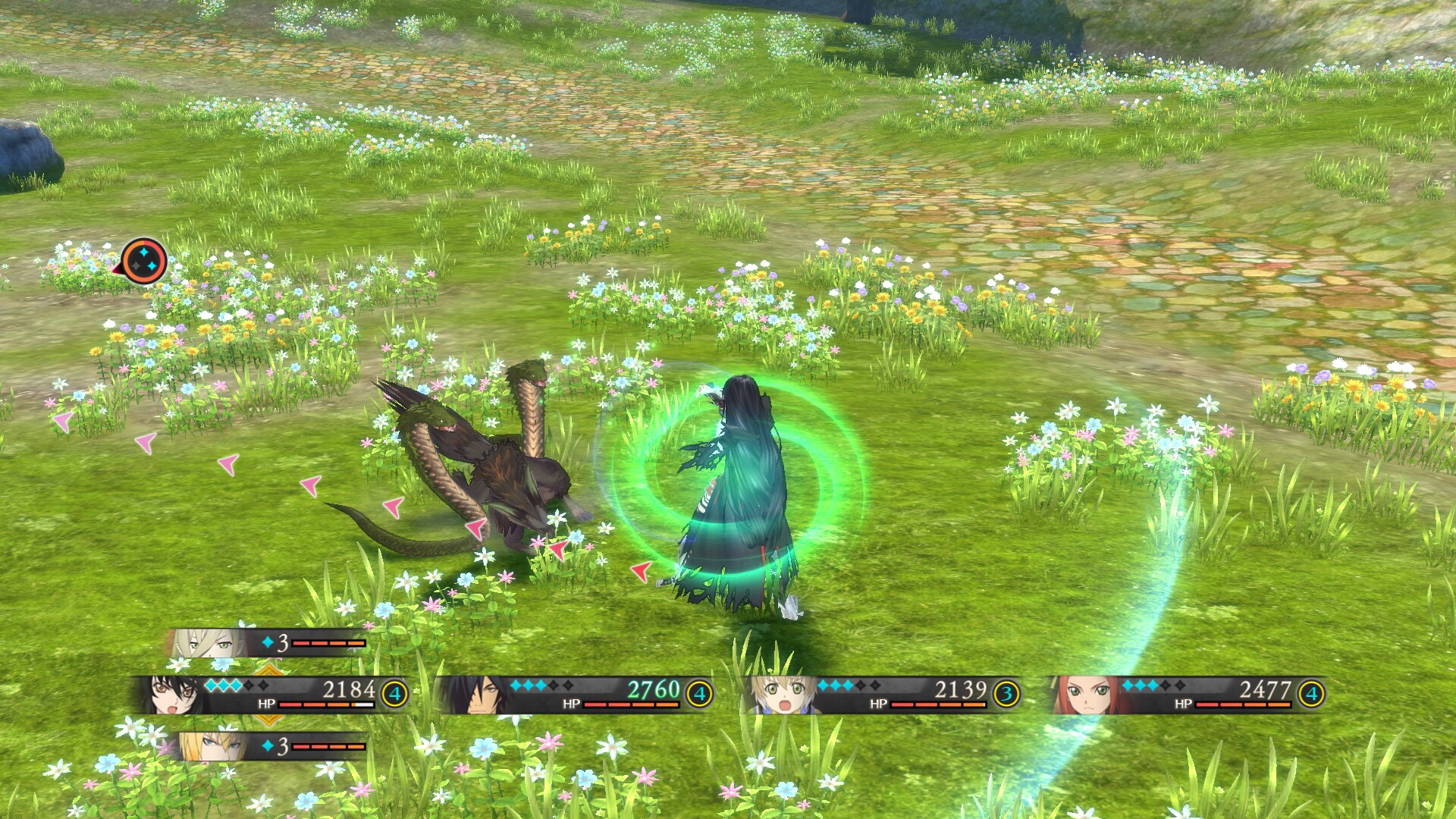


Potentites are items that will grant additional effects and abilities in battle. The example given is a Priest’s Ventite that grants “Soul Charge,” which will let you recover 1 soul when you guard for more than 1.5 seconds in battle.
Special Enemies
Aside from the regular enemies you encounter and mandatory boses you have to defeat to progress the story, there are also additional special enemies:
Code Red Daemons
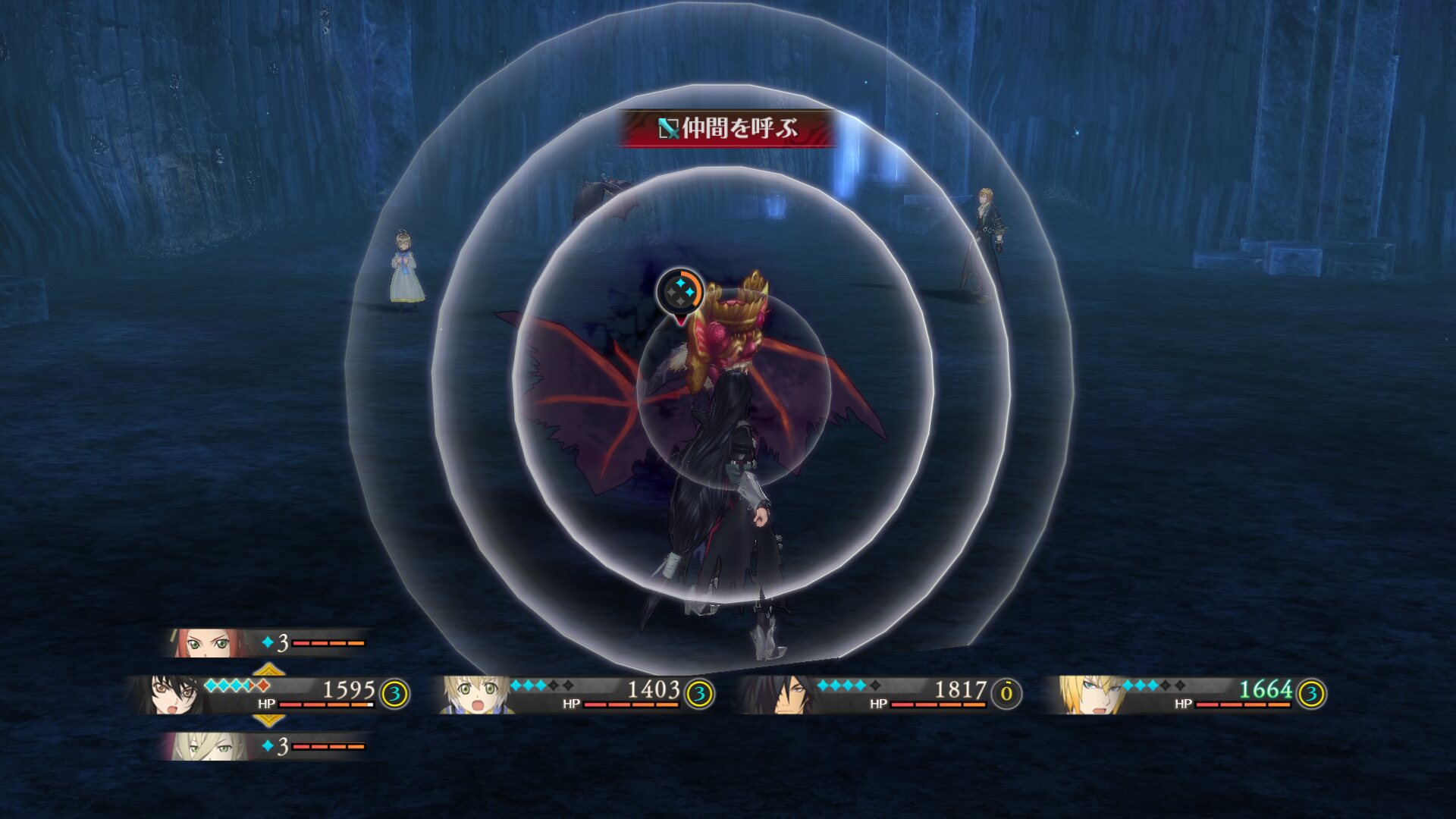






Powerful Daemons called Code Red Daemons are scattered around the world. Defeating them will grant the player powerful items, Potentites included. Though there usually is a quest tied to the Code Red Daemon, you can just go ahead and defeat it before talking to the quest giver, and you’ll still get the reward item upon reporting the quest.
Wandering Enemies
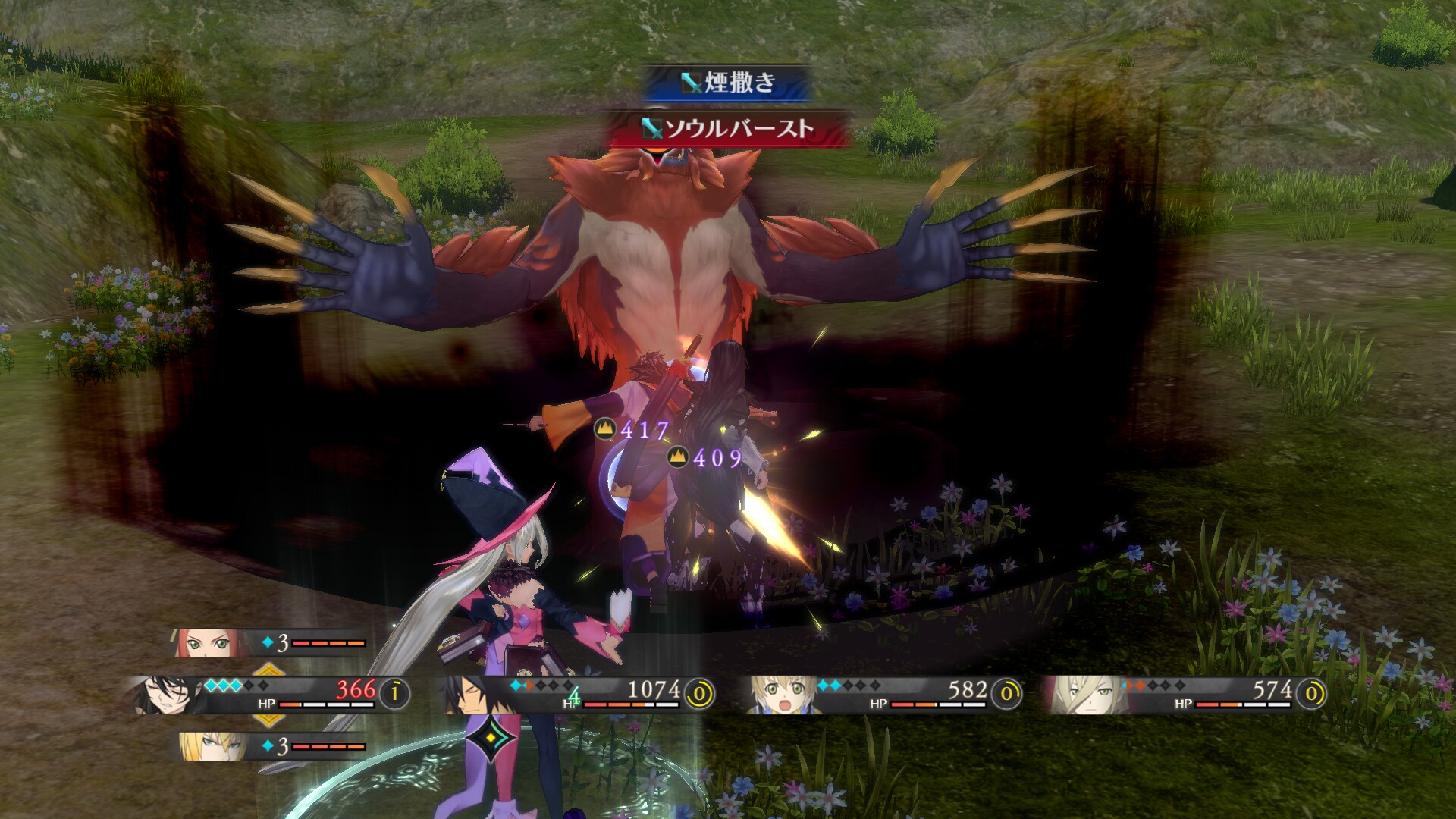



Meeting specific requirements in battle will make a Wandering Enemy suddenly appear. They are much more powerful than the Code Red Daemons and are usually accompanied by multiple enemies. The lower its HP, the higher the possibility that it will unleash a powerful attack.
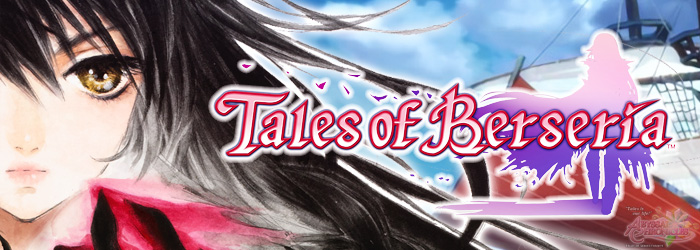 Tales of Berseria is the latest released mothership title for the Tales of Series that was first announced during Tales of Festival 2015. It is the 16th mothership title in the entire series. The game features a female solo main protagonist, a first in the series, and features pirates and ships. Its main theme is "emotion vs reason." The game again features the four character designers from Tales of Zestiria, though there are more characters designed by Okumura and Iwamoto than Inomata and Fujishima. The game score is also again by Motoi Sakuraba and Go Shiina. Animation was by ufotable.
Tales of Berseria is the latest released mothership title for the Tales of Series that was first announced during Tales of Festival 2015. It is the 16th mothership title in the entire series. The game features a female solo main protagonist, a first in the series, and features pirates and ships. Its main theme is "emotion vs reason." The game again features the four character designers from Tales of Zestiria, though there are more characters designed by Okumura and Iwamoto than Inomata and Fujishima. The game score is also again by Motoi Sakuraba and Go Shiina. Animation was by ufotable. Japan
Japan North America
North America Europe
Europe